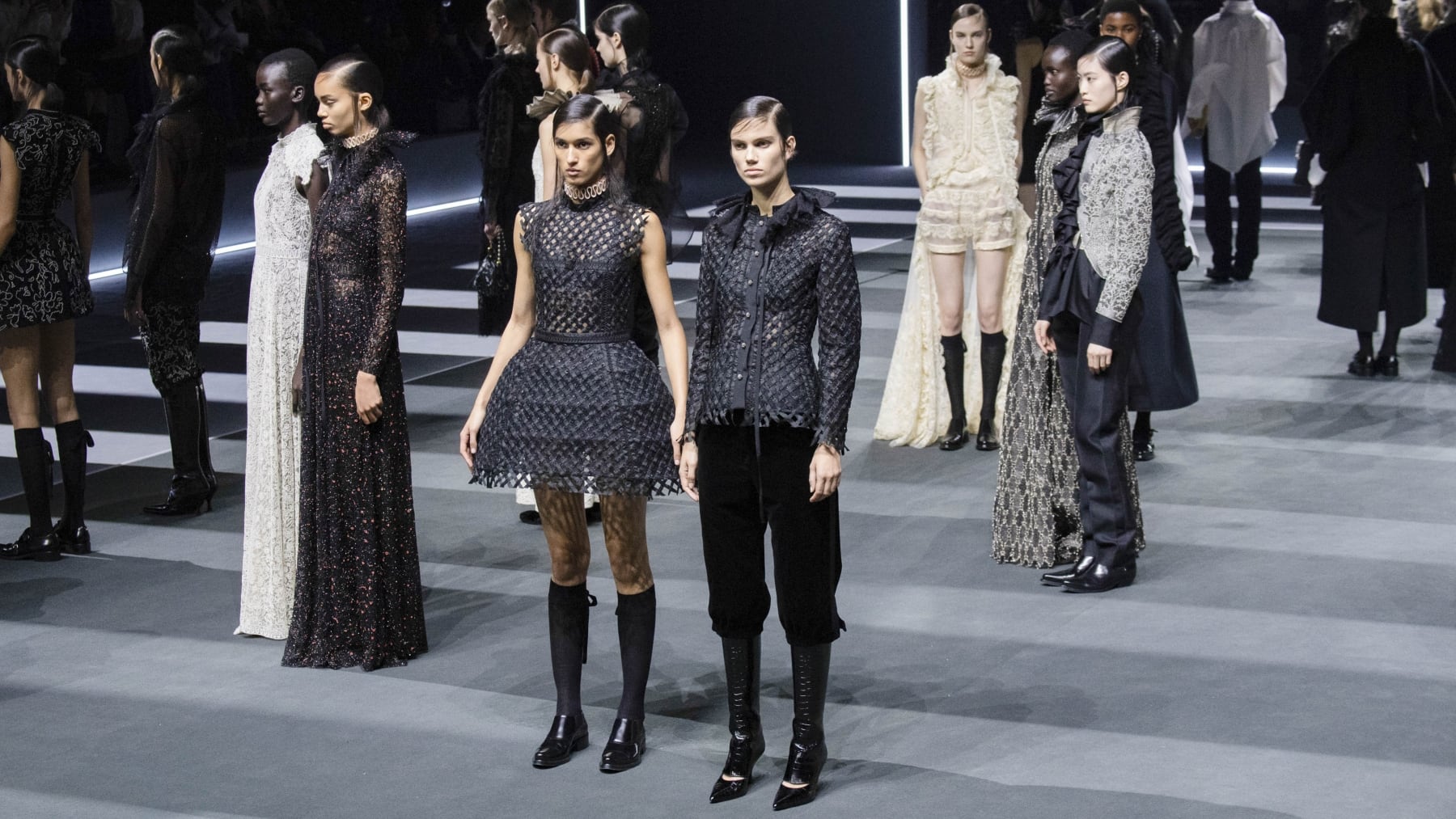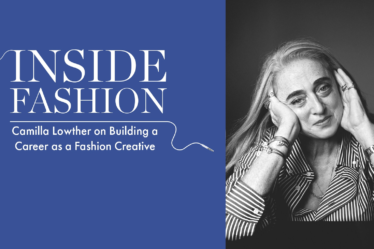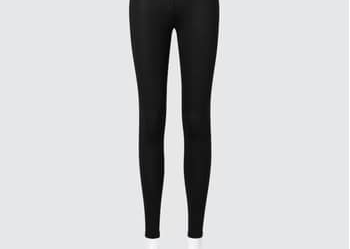
PARIS — The opening days of Paris Fashion Week were all about history.
“Orlando” was clearly in the air at Dior, where designer Maria Grazia Chiuri used Virginia Wolf’s tale of transformation as a way to explore, not so much gender (even if the goings made for a very Lady Oscar-like face-off between romantic gowns and mannish frocks), but the way shapes and sartorial tropes evolve over decades and centuries, projecting different visions of femininity. Chiuri even collaborated with theatre director Robert Wilson on a multi-act mise-en-scène that came with a swing reminiscent of Fragonard, a prehistoric bird, icebergs, molten lava and more.
But the rumination was ultimately more captivating than the clothes. The collection was laden with costume references — corsets and 18th century cutaway tail jackets — refashioned into contemporary shapes and mixed with nods to Gianfranco Ferré’s work for Dior, but the concept didn’t translate, framed as it was by Chiuri’s tendency for formula. Today, that formula was Dior’s greatest hits, which included some nods to John Galliano, but in the end it was just more stuff.
In the new Alaïa headquarters on Rue Servan, amongst Mark Manders’ beautifully unfinished sculptures, Pieter Mulier showed an intensely sculptural collection that laid bare his reshaping of the house that Azzedine built. The more Mulier stays at the helm, the more distance he puts between himself and the founder, and rightly so. But what remains constant is the unshakable cult of beauty at the core of the label, even if Azzedine had a matter of factness to his way of doing things, while Mulier tends more toward abstraction and as a result his creations are often better on a catwalk than in real life. Pas mal: daydreaming is important.
Mulier’s latest show, one of his most convincing and most personal to date, was born from a study of beauty ideals across time periods, cultures and geographies. “The more we kept looking for a red thread, the more things culled from eras and cultures set far away from one and other looked identical,” he enthused backstage. It made for a vision of syncretistic dressing that projected the Venus of Willendorf’s curves into the future and back, turning body consciousness into a political stance.
At Undercover’s 35th anniversary show, designer Jun Takahashi mined his own history, revisiting his favorite Undercover collection (Autumn 2004) twenty years later. The original endeavor was a bonkers excursion to an imaginary land where Patti Smith and plush artist Anne-Valérie Dupond meet, and a style rooted in padding and ease was born.
His latest outing, in Takahashi’s own words, was a contemplation on casual adult style, but also a way to reflect on personal evolution. The result was wonderfully rich and layered: a reminder of how consistently eclectic Takahashi has been throughout the decades, moving in many different directions and yet forging an unmistakable signature. Defining Undercover’s output is almost impossible: from poetic to theatrical, Takahashi has left no waters uncharted. What’s consistent is his punky spirit. It was evident tonight in the odd mix of soft protruding shapes and folksy decoration, and it felt touching.
“Society is going backwards: the metaphor of this collection is quite immediate,” said stylist Imruh Asha, who co-masterminds the Dutch art-house fashion project Zomer with Danial Aitouganov. “Our pieces are sculptural or look like jokes, but they are all meant to be properly worn. We work a lot on the fit.”
The show, which opened with the finale and closed with the designers offering their back to the audience, was all about being contrarian: everything was worn back to front, or top to bottom, though engineered to still feel comfortable. It’s a territory that other Dutch designers, such as Viktor & Rolf, have touched with a similarly dry sense of humor. What makes Zomer stand out is its jolly, kindergarten-like spirit. The only problem for a label like this is exactly what burdens Viktor & Rolf: the interminable quest for a seasonal concept.
Vaquera designers Patric and Bryn, on the verge of moving their operations to Paris, offered their most mature outing to date: a meditation on the American Dream that collided the 1920s and 1980s, seen through a prism of exaggeration. Everything was larger than life, from pearls to a bra so big it turned into a top with a train. As per usual, there was plenty of raw energy, but the polish and poise felt new.
At Kunihiko Morinaga’s Anrealage, history was a launchpad for a journey into technological advancement. Inside the American Cathedral, the designer’s LED-based creations offered an imaginative, architectonic take on stained glass. It was a poignant reminder that history repeats itself — and that fashion can still conjure emotion.
Content shared from www.businessoffashion.com.



